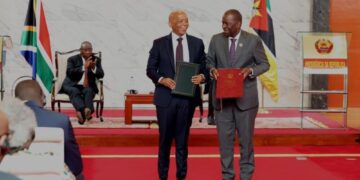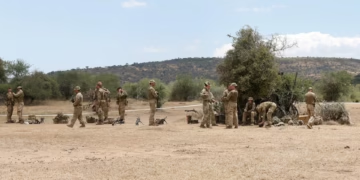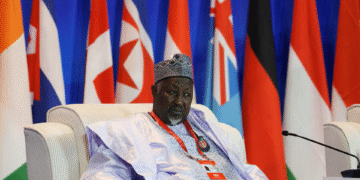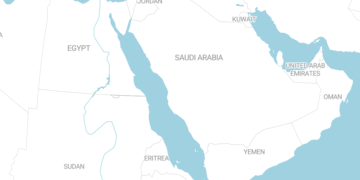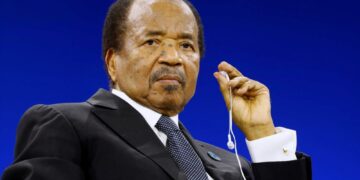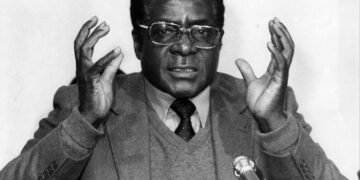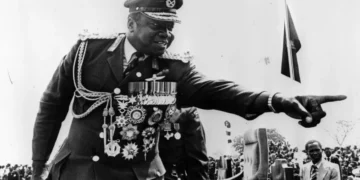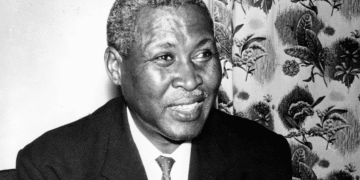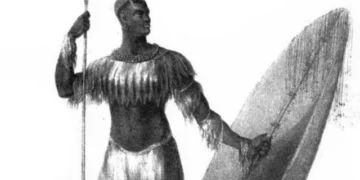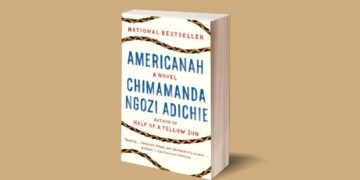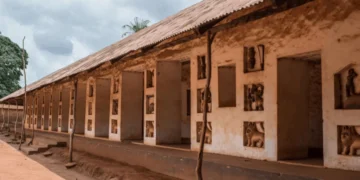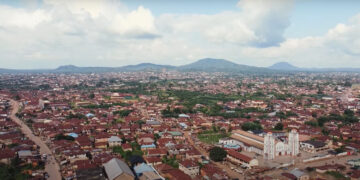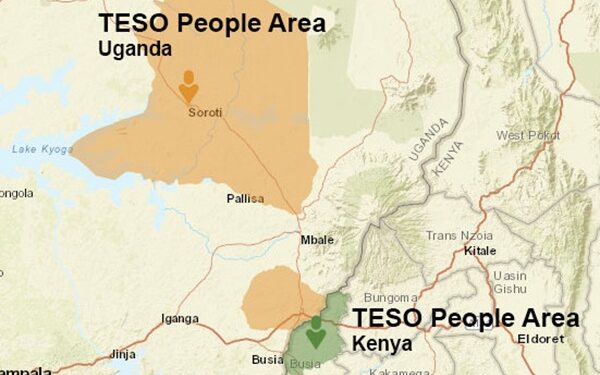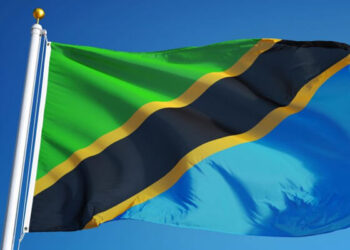Teso, people of central Uganda and Kenya who speak Teso (Ateso), an Eastern Sudanic (Nilotic) language of the Nilo-Saharan language family. Teso refers to the traditional homeland of the Iteso, and Ateso is their language. Iteso is plural (two or more people from Teso), Etesot and Atesot are singular. Etesot is for male person from Teso and Atesot is feminine.
They are related to the neighboring Karamojong and Turkana peoples. The Teso are one of Kenya’s largest indigenous ethnicities, as well as the largest non-Bantu-speaking ethnic group. In Uganda, they are the second largest ethnic group.
The Iteso People are thought to have originated in Sudan at some point in the past, though their exact travel period is unknown. Other theories suggest that Iteso originated in the Karamojong and traveled south. This is thought to have occurred some time ago because the Iteso do not have the same cultural names and traditions as the Karamojong. The majority of Iteso clan names combine Bantu and Nilotic elements. Due to migration, the Iteso people have become intermingled with the Japadola.
The Iteso, located in Kenya and Uganda, are the product of British colonial control, which indirectly ruled them. In 1902, part of eastern Uganda transferred to western Kenya, further separating Teso. In Uganda, the Iteso live mainly in the Teso sub-region, i.e., the districts of Amuria, Bukedea, Butebo, Kaberamaido, Kapelebyong, Katakwi, Kumi, Ngora, Serere, and Soroti, but are also found in Bugiri and Pallisa, as well as in the Tororo and Busia districts. Also, there are around 578,000 Iteso in Kenya, living mainly in Busia County, south of Mt. Elgon. They primarily inhabit two sub-counties, Teso North and Teso South, but can be found in Bugoma and Trans Nzoia County.
The marriage among the Teso people was recognized from two points of view; the spouses come together as an alliance; it happens between two exogamous clans. The first alliance is expressed in the practical arrangement of establishing a household, while the second one is expressed in the ceremonial rituals as well as healing practices.
The Teso are counted among the most progressive farmers of Uganda; they quickly took to ox plows when they began cultivating cotton in the early 1900s. Millet is their major staple crop; cotton is their economic mainstay.



